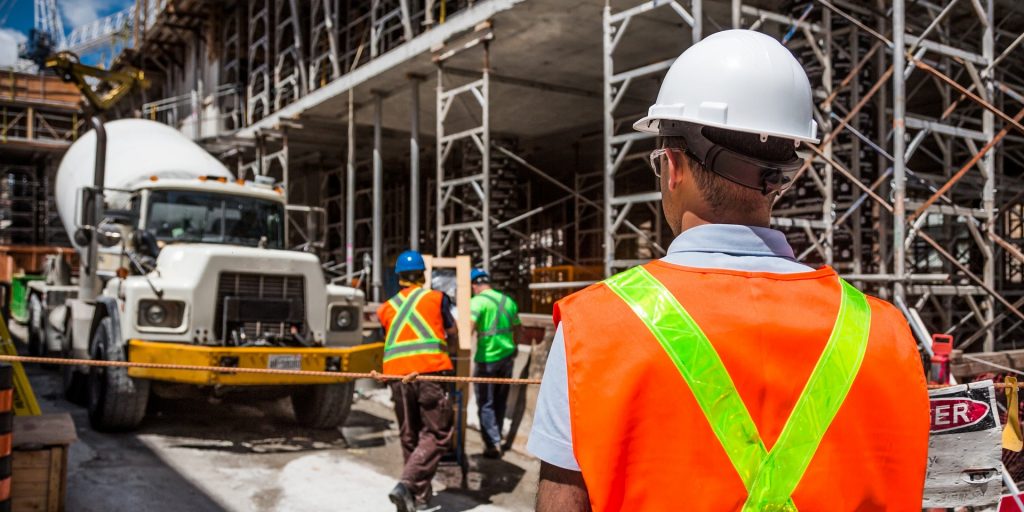Report: 1.7M infrastructure workers expected to retire in coming decade
Over the last year, communities across the United States were recipients of an unprecedented investment from the federal government into infrastructure. Between the American Rescue Plan Act and the Bipartisan Infrastructure and Jobs Act, it’s been a historic year for local governments.
But with that investment, there’s a looming problem that threatens to undermine success: the impending retirement of legacy workers.
“National, state, and local leaders risk squandering this window of opportunity if they focus only on future job creation without addressing the cracking foundation of the country’s current workforce,” reads a report from The Brookings Institute by Joseph Kane titled “Seizing the U.S. Infrastructure Opportunity: Investing in Current and Future Workers.” “How can leaders expand the future infrastructure workforce if they cannot even hold onto the current one? Many infrastructure leaders have experience building projects, but far less in collaborating with workforce partners or recruiting and retaining talent.”
Advocates of the infrastructure initiatives have lauded the federal investment as an economic boon that’s expected to “create millions of good-paying jobs” on top of current employment numbers, according to a White House fact sheet. Currently, the Brookings report notes infrastructure-related roles keep 16.6 million people employed nationally.
But as jobs are created, the Bureau of Labor Statistics project that more than 10% of highly skilled and advanced employees working in infrastructure will retire each year for the next decade.
“From 2021 to 2031, projections show 1.7 million infrastructure workers (12.2%) leaving their jobs each year on average, leading to huge replacement needs,” the report says. “Moreover, these holes may be even bigger to fill than any projected job growth from new federal infrastructure funding, which estimate up to 1.5 million new jobs created annually over the next decade.”
Lack of diversity—especially among management and advanced workers—is driving concerns. Most infrastructure workers are getting closer to retirement age, and are expected to leave their positions around the same time.
“Many infrastructure workers are 45 years and older, such as transit and intercity bus drivers (72.8%), power distributors and dispatchers (55.7%), and rail yard engineers (53.8%); perhaps even more concerning, though, are the 11% of workers 24 years or younger,” the report continues. And it’s not just age disparity that’s an issue: “Women make up only 18.5% of all infrastructure workers, while they make up 49.6% of all workers nationally, and the shares of Black, Hispanic, and Asian workers can also be frequently lower than national averages across a range of occupations.”
Specifically, women comprise only 7.5% of solar installers, 5.3% of signal and track switch repairers, 2.2% of electrical power line workers, 2.9% of electricians, and 1.9% of pipe fitters and plumbers, according to data from the Bureau of Labor Statistics.
As people retire, administrators will have to fill vacated openings in addition to those created by this year’s infrastructure legislation. The highly skilled nature of many infrastructure-related jobs makes this difficult. On one hand, more than half industry workers don’t have an advanced degree while earning more than their counterparts in other industries. This low educational barrier opens up a lot of potential candidates. But at the same time, more than 86 percent of roles require technical training, compared to 62 percent of roles across all occupations.
“Such extensive on-the-job training, though, can create barriers to entry and create hurdles to advance their careers,” the report says. “Workforce development approaches in infrastructure are often highly siloed and fragmented by the specific industry, employer, and geography; workers tend to gain degrees, licenses, and certifications for a particular job in a particular place—as an electrician or plumber, for instance—which can limit their ability to move or advance their careers across the country.”
While the report highlights projected needs surrounding the “gray wave”—as the expected mass-retirement of the baby boomer generation is often called—it also provides potential solutions.
At the local level, leaders and administrators need to “develop sector strategies such as by implementing collaborations between employers and educational institutions, “form new regional collaborations, and revamp hiring, training, and retention practices to support more and different types of workers,” the report says.
To view the full 32-page report, visit The Brookings Institute’s website.




















